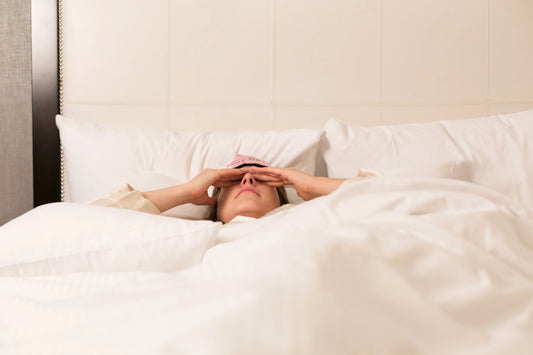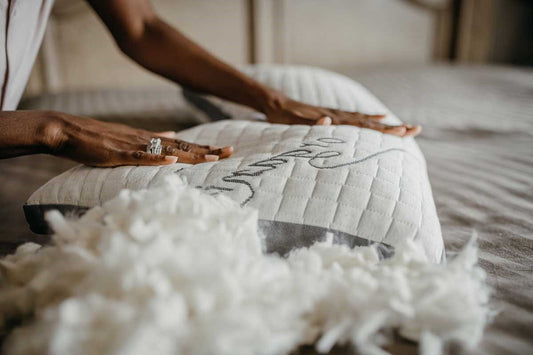When it comes to getting a good night's sleep, the pillows on your bed play a crucial role. They provide support and comfort for your head, neck, and spine, ensuring you wake up feeling refreshed and rejuvenated. However, over time, pillows can lose their shape, accumulate dust mites, and become less supportive. In this blog post, we'll discuss the signs that indicate it's time to replace your bed pillows and how doing so can improve your sleep quality.
Pillow Age:
Just like any other product, bed pillows have a lifespan. On average, pillows tend to last between 1 to 2 years, depending on their quality and usage. If you can't remember the last time you replaced your pillows or it has been longer than two years, it's probably time for an upgrade.
Loss of Shape and Support:
Take a closer look at your pillows. Are they flat, lumpy, or uneven? Over time, the filling inside pillows can break down, resulting in a loss of shape and support. If your pillows no longer hold their original form or fail to provide the necessary support, it's a clear sign that you should consider replacing them.
Allergies and Respiratory Issues:
Pillows can accumulate allergens such as dust mites, pollen, and pet dander. If you find yourself frequently waking up with allergy symptoms like sneezing, congestion, or itchy eyes, it might be due to your pillows. Washing pillows regularly can help reduce allergen buildup, but if your symptoms persist, it's advisable to invest in new pillows that are hypoallergenic or specifically designed for allergy sufferers.
Neck and Shoulder Pain:
Do you often wake up with a stiff neck or shoulder pain? Your pillows might be to blame. As pillows age, they can lose their ability to provide adequate support, leading to improper spinal alignment during sleep. This can result in discomfort and pain upon waking. If you consistently experience neck or shoulder pain, it's worth considering new pillows that offer better support and alignment.
Hygiene and Cleanliness:
Pillows can harbor sweat, oils, dead skin cells, and even mold over time. Regular washing can help maintain their cleanliness, but it's not a foolproof solution. If your pillows have developed an unpleasant odor, visible stains, or you notice signs of mold growth, it's time to replace them to ensure a hygienic sleep environment.
Conclusion:
Replacing your bed pillows at the right time is essential for ensuring a comfortable and healthy sleep experience. By paying attention to the signs mentioned above, such as pillow age, loss of shape and support, allergies, discomfort, and hygiene issues, you can determine when it's time to invest in new pillows. Remember, choosing pillows that suit your sleeping preferences and maintaining their cleanliness can contribute to a restful and rejuvenating night's sleep.





